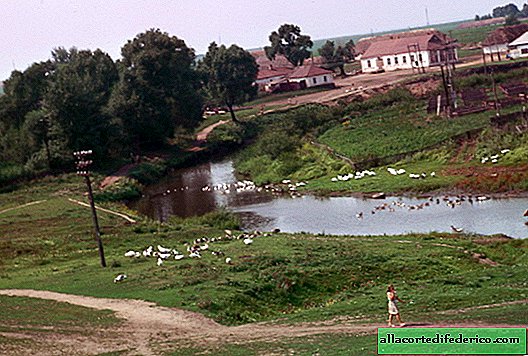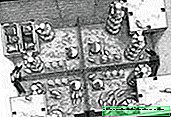In Japan, discovered a beautiful parasite flower
Plants live by photosynthesis - the conversion of sunlight into leaves. We remember this rule from biology classes at school. But, like any rule, this one also has exceptions. One of them was recently discovered on the picturesque subtropical island of Ishigaki in Japan near Mount Omoto. Instead of photosynthesis, a new plant species prefers parasitism.
Striking parasites
Some species of plants in the process of evolution really abandoned photosynthesis, finding an easier way to survive: they feed on the roots of fungi and mold, on which they parasitize. The parasitic plants involved in such relationships are called mycoheterotrophs. They manifest themselves above the ground with only small flowers. Since the flowering period is very short, and they themselves are small, it is difficult to find and classify them.

The discovery of a new plant species in Japan is a very rare event, since the flora of this region has been fully documented, with the exception of mycoheterotrophs.
Life in purple
A new species was discovered in October 2016. At first he was mistaken for another parasitic plant - his relative Sciaphila nana. But the male flowers have three stamens, and the discovered specimen had six. The new species was named Sciaphila sugimotoi in honor of the scientist Sugimoto Takaomi, who played an important role in its discovery and study.

S. sugimotoi grows about 5-10 cm above the ground and has purple flowers about 2 mm in diameter.
Mycoheterotrophic plants live like parasites in forest ecosystems. To feel good, they need a healthy, stable ecosystem with sufficient resources for their insidious parasitic activity. The discovery of such species in the mountain region indicates the existence of a rich underground habitat, including a mushroom network that cannot be seen with the naked eye.

















